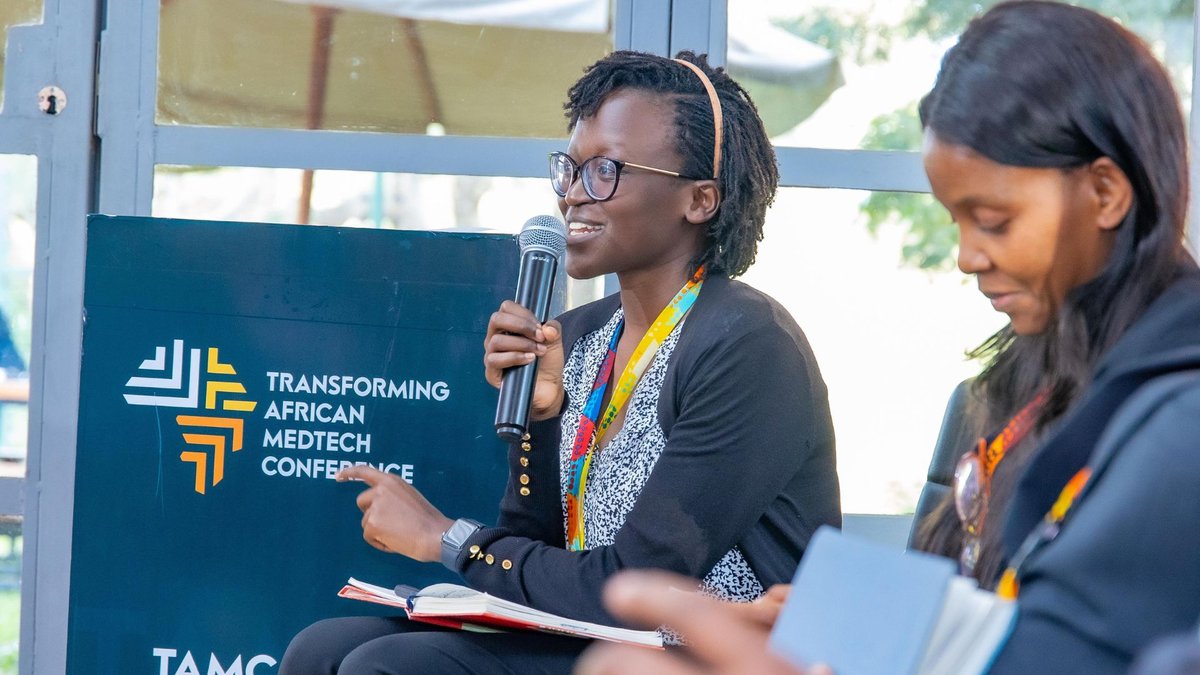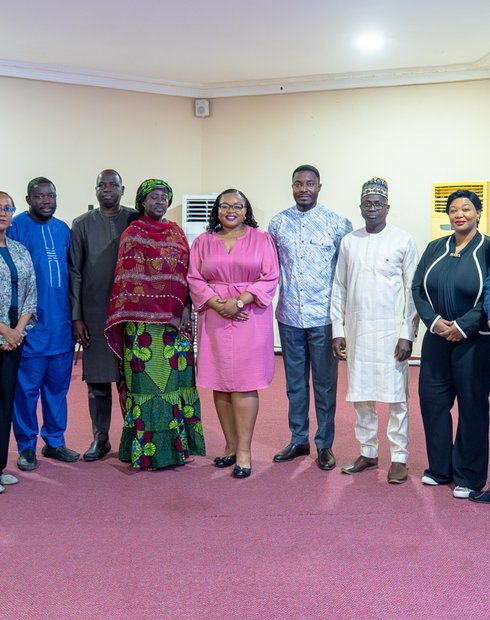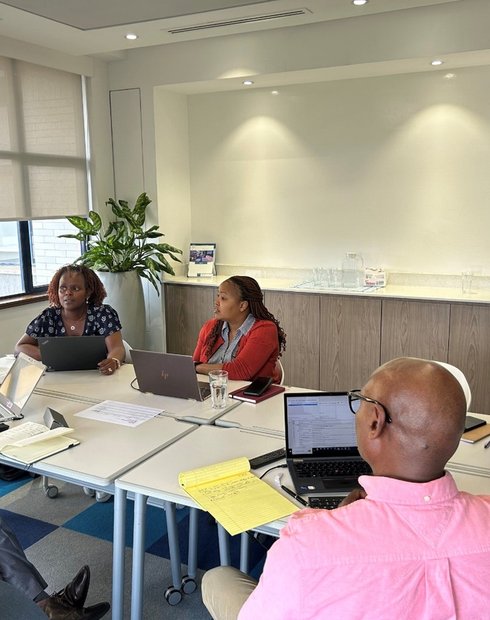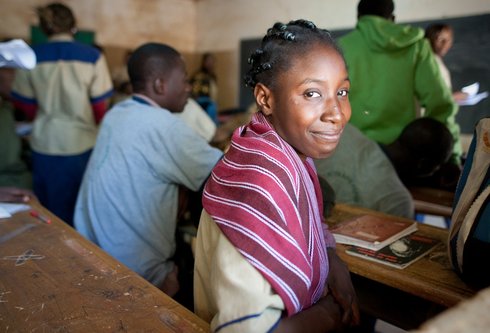At the 2025 Transforming African MedTech Conference (TAMC) in Nairobi, Kenya, PATH joined a vibrant community of innovators, policymakers, regulators, and investors in shaping the future of medical technology in Africa.
Under the theme “Driving MedTech transformation through creativity, collaboration, and action,” the conference spotlighted supporting local innovation, advancing regulatory alignment, and catalyzing sustainable investment. With sessions ranging from startup showcases and investor roundtables to policy dialogues and technical workshops, TAMC served as a strategic platform for reimagining the continent’s medtech ecosystem.
PATH contributed throughout the conference, drawing on expertise from its Center for Advocacy and Policy, Market Dynamics, primary health care, and Kenya country program teams. From keynote contributions to panel moderation, PATH helped advance critical conversations on local manufacturing, regulatory harmonization, and sustainable financing, all key pillars for building resilient health systems and ensuring equitable access to innovation.
One highlight was the session “Africa’s evolving regulatory ecosystem: Updates from continental and national actors,” moderated by Dr. Esther Anyango, policy advocacy associate at PATH’s Center for Advocacy and Policy. The discussion highlighted progress toward operationalizing the African Medicines Agency (AMA) and emphasized the importance of harmonized policies in expanding access and driving innovation.
Panelists included representatives from AMA, African Union Development Agency-NEPAD (AUDA-NEPAD), Kenya’s Pharmacy and Poisons Board, and the South African Health Products Regulatory Authority, sharing updates from both continental and national perspectives.
After the session, we caught up with Dr. Anyango to hear her reflections on the progress being made and what it means for Africa’s medtech future.
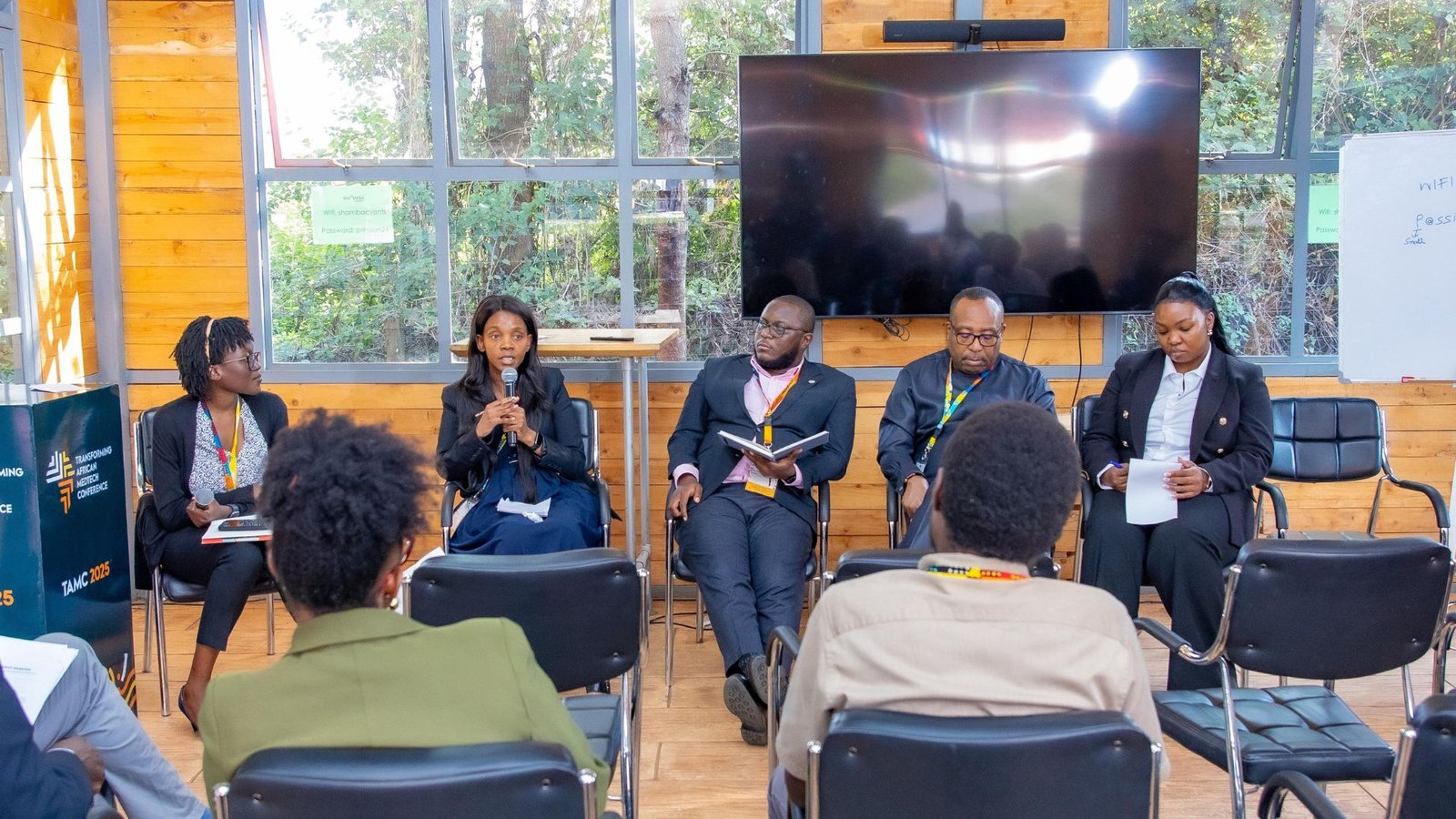
Dr. Anyango leads a panel session at TAMC with representatives from AMA, African Union Development Agency-NEPAD (AUDA-NEPAD), Kenya’s Pharmacy and Poisons Board, and the South African Health Products Regulatory Authority. Photo: TAMC
What was the objective of your panel session?
Dr. Anyango: Our goal was to unpack how AMA is taking shape and what it means for innovators and regulators alike. We also explored the AU Model Law on Medical Products Regulation and the recent Continental List of Human Medicinal Products with Positive Opinion—Green Book, both designed to make product registration faster, more transparent, and more reliable across borders.
Why is regulatory harmonization important right now?
Dr. Anyango: For too long, innovators have had to navigate fragmented systems, registering the same product separately in multiple countries. Different national requirements make this process slow and costly, delaying patient access to lifesaving technologies. Harmonization ensures countries agree on common technical standards for registration. If a product is reviewed and approved in one country, others can trust or fast-track the process. That saves time, reduces costs, and ultimately encourages innovation.
What stood out from the discussions in your panel session?
Dr. Anyango: Kenya shared its progress in adopting the AU Model Law and building regulatory capacity. South Africa highlighted its pioneering work on AI guidance for medical devices and collaboration with AU member states like Egypt. AUDA-NEPAD and AMA shared key harmonization milestones from the past year, including the launch of the Continental List of Human Medicinal Products with Positive Opinion—Green Book.
These examples show that harmonization is no longer just an inspiring idea—it’s becoming a tangible reality across the continent. That is particularly exciting to me, as a trained pharmacist, because I have seen firsthand the negative impact lack of access to safe products has on patients
How does PATH fit into this journey?
Dr. Anyango: PATH has been a long-term partner to regulators, supporting capacity strengthening, advancing harmonization, and advocating for policies that unlock innovation. At TAMC, our role was not only to moderate and share insights but also to listen to regulators and innovators and help to connect the dots across sectors. It was evident that there is still a disconnect between innovators and regulators, and the need for a platform that can help the two sectors connect regularly. PATH is well positioned to help bridge this gap.
Why should the average African care about regulatory harmonization?
Dr. Anyango: Harmonization isn’t just about regulation—it’s about equity. By making approval pathways clearer and faster, we can ensure that lifesaving tools reach communities across Africa without unnecessary delays. AMA, the AU Model Law, and tools like continental listing are laying the foundation for that future.
It will take collaboration, trust, and continued investment, but the direction is clear: Africa’s medtech future depends on smarter, more connected regulations.
“Harmonization isn’t just about regulation—it’s about equity.”— Dr. Esther Anyango, policy advocacy associate, PATH
Dr. Anyango’s panel session underscored the importance of partnerships in building stronger regulatory systems. Development partners can accelerate progress by aligning with public health programs and regional networks, while national authorities and innovators should work on streamlining approval pathways.
Donor-backed efforts, such as training, technical assistance, and awareness-building, can act as catalysts for regulatory adoption and impact. These efforts are not just technical interventions; they are ecosystem enablers that help medical technologies move from concept to communities.
Across TAMC 2025, PATH’s contributions helped move key conversations from vision to action. By moderating high-level panels, connecting innovators with regulators, and highlighting practical pathways for harmonization, PATH played a convening role that translated dialogue into collaboration. These exchanges sparked new interest among regulators in aligning national processes with AMA’s framework and inspired innovators to explore cross-border partnerships. The energy and momentum at TAMC reflected a broader truth: Africa’s health technology future will be powered by local solutions, efficient regulation, and bold collaboration.
